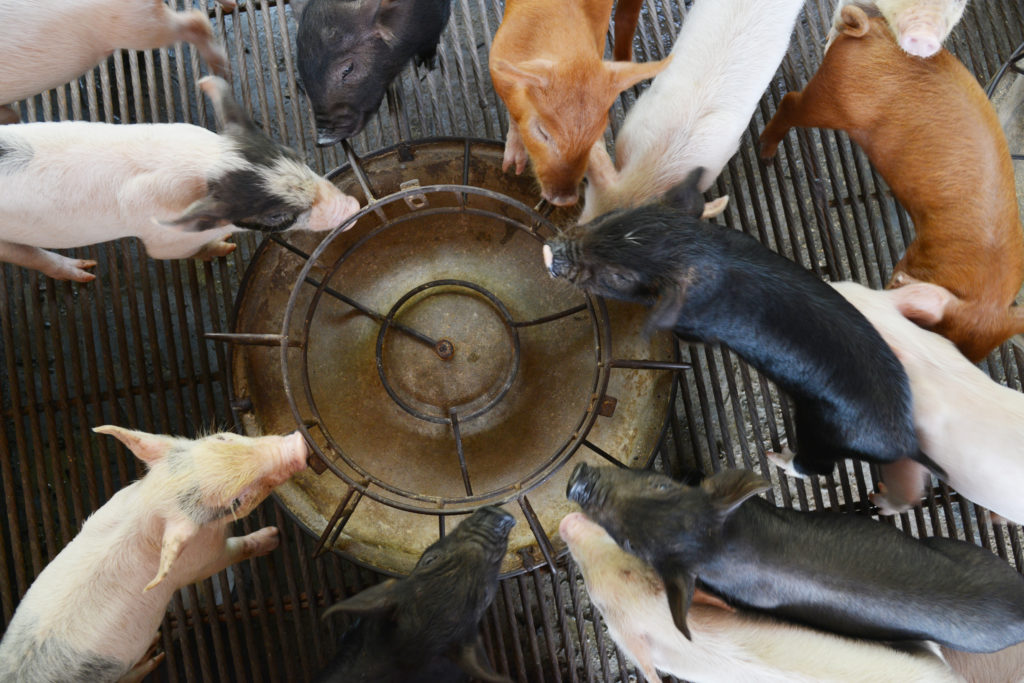
The worst outbreak of African swine fever virus (ASFV) in fifty years is currently spreading in South East Asia. The disease, which first appeared in China’s Liaoning province in August 2018, threatens the region’s chief source of protein and China’s $128 billion pork industry, which provides 50% of the global supply. Compared with previous animal epidemics (epizootics), this outbreak of ASFV is greatly exacerbated by a globalised meat industry, trade war conditions, and farming practices in the region, which are contributing to a swift and broadly felt supply shock.
With trade war conditions rising, the cancellation of a major pork export deal with the US has seen demand shift rapidly to European suppliers for South East Asia and elsewhere. Pork prices in the EU have risen 38% in the past month as suppliers switch to German, Dutch and Spanish sources; in the US, BMO Capital Markets has downgraded Chipotle Mexican Grill’s chain of restaurants as a result of its exposure to rising pork prices. Effects in the United Kingdom have yet to make much of a splash, as stockpiles prepared prior to the original Brexit deadline have softened the initial impact. As barbecue season sets in and stockpiles erode, the price of pork is expected to rise steeply.
Given this reaction to the spreading disease, there are additional risk factors that must be considered in this case. Farms in Vietnam, Cambodia, Thailand and elsewhere in the region have shown hesitation in reporting cases, suggesting that the epizootic will only continue until a vaccine is procured. Even in this case, studies have shown that ASFV can survive in prepared, cured and frozen products for between 300 and 1000 days. Denmark has begun construction on a 43-mile fence along its border with Germany to prevent the passage of wild boar carrying the disease into Danish herds and effecting the country’s bacon industry. There is a significant likelihood that the disease will spread to European herds if the spread is not halted soon.
The vulnerability of the pork industry to epizootics is a risk emerging due to its own success. Pork consumption in China increased seven-fold through the 1970s and 80s and this high demand has led to the proliferation of unregulated farming practices. Most rural homes house at least one pig, and the animals are also farmed in large, urban establishments and elevated ‘hog hotels’ – industrial megafarms housing hundreds or thousands pigs on multiple stories of high-rise buildings. The sheer number of animals in vulnerable environments increases the incidence of disease and virulence of epizootics that do occur. There is also the risk associated with keeping so many pigs in proximity to urban centres, given the rate of influenza transmission between swine and humans (swine fever does not cause disease in humans). The importance of pigs in South East Asian society and varieties of ownership means that culling and immunisation practices are inconsistent across infected populations. As consumer habits change, so too does the risk landscape.


Leave a Reply